Home>Construction & Tools>Building Materials>How To Paint Brick Pavers
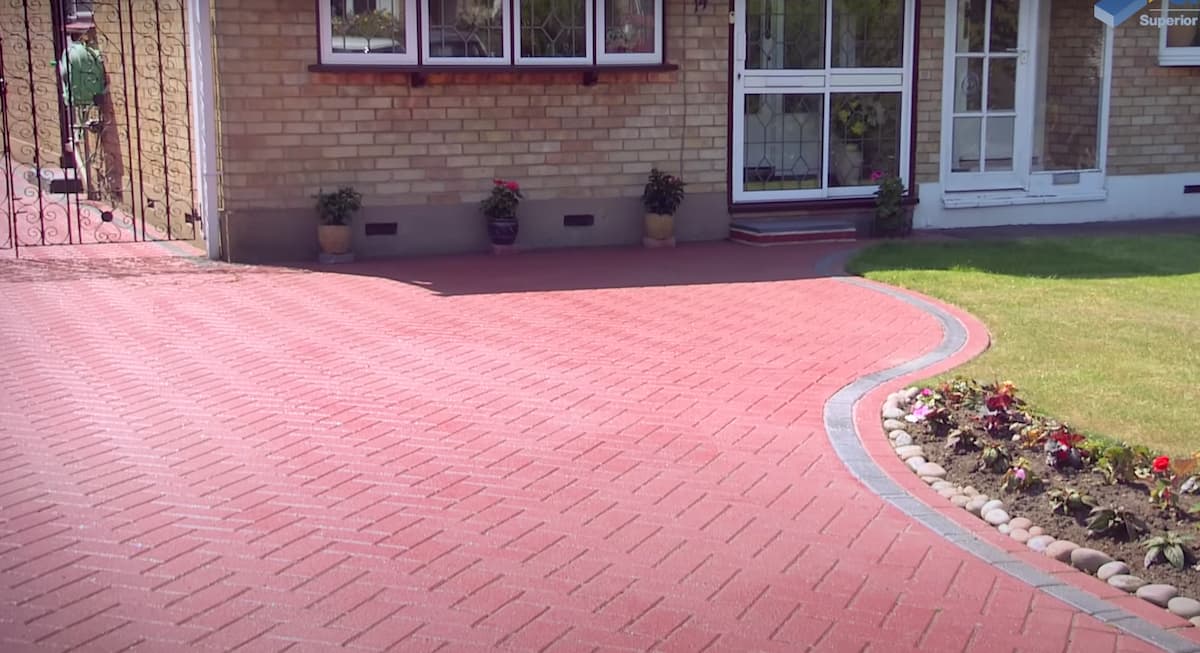

Building Materials
How To Paint Brick Pavers
Modified: October 25, 2024
Learn how to paint brick pavers and give your outdoor space a fresh new look. Find the best building materials and step-by-step guides for a successful DIY project.
(Many of the links in this article redirect to a specific reviewed product. Your purchase of these products through affiliate links helps to generate commission for Storables.com, at no extra cost. Learn more)
Introduction
When it comes to enhancing the aesthetic appeal of your outdoor space, painting brick pavers can be a game-changer. Whether you want to revamp your patio, walkway, or driveway, a fresh coat of paint can breathe new life into these surfaces, adding character and charm to your property. However, before embarking on this transformative project, it's crucial to understand the intricacies involved in painting brick pavers to achieve a stunning and long-lasting finish.
Painting brick pavers is a versatile way to customize the look of your outdoor areas. It allows you to unleash your creativity and infuse your personal style into the landscape. Whether you prefer a classic, timeless appearance or a bold, modern statement, the right choice of paint can help you achieve your desired aesthetic.
Moreover, painting brick pavers can also serve practical purposes. It can help protect the pavers from the elements, preventing erosion and extending their lifespan. Additionally, a fresh coat of paint can cover up imperfections and stains, giving your outdoor space a polished and well-maintained appearance.
In this comprehensive guide, we will delve into the essential steps and considerations for painting brick pavers. From selecting the right type of paint to the final touches of sealing and maintenance, we will walk you through the entire process, equipping you with the knowledge and confidence to tackle this project successfully.
So, whether you're a seasoned DIY enthusiast or a homeowner looking to embark on your first outdoor renovation, this guide will provide you with the insights and tips needed to achieve professional-looking results. Let's dive into the world of painting brick pavers and unlock the potential to transform your outdoor living space.
Key Takeaways:
- Transform your outdoor space by painting brick pavers with durable, weather-resistant paint. Enhance aesthetics, protect against elements, and unleash your creativity for a stunning, long-lasting finish.
- Prepare, apply, seal, and maintain painted brick pavers for a vibrant, resilient outdoor space. Thorough cleaning, proper tools, and proactive care ensure lasting beauty and protection.
Read more: What Is A Brick Paver
Choosing the Right Paint
Selecting the appropriate paint for your brick pavers is a critical first step in ensuring a successful and long-lasting finish. When it comes to outdoor surfaces, durability and weather resistance are paramount. Therefore, opting for a high-quality paint specifically formulated for exterior use is essential.
Considerations for Outdoor Paint Selection
-
Acrylic Latex Paint: This type of paint is a popular choice for painting brick pavers due to its durability and flexibility. Acrylic latex paint can withstand temperature changes and harsh weather conditions, making it suitable for outdoor applications.
-
Paver-Specific Paint: Some manufacturers offer paints designed specifically for pavers and concrete surfaces. These formulations often contain additives that enhance adhesion and provide superior protection against UV rays and moisture.
-
Color Options: When choosing a paint color, consider the overall aesthetic of your outdoor space. Whether you prefer a natural, earthy tone or a vibrant pop of color, select a shade that complements the surrounding landscape and architectural elements.
-
Textured or Non-Slip Finish: If the pavers are located in high-traffic areas or around pool decks, opting for a paint with a textured or non-slip finish can improve safety and traction, especially when the surface is wet.
-
UV and Fade Resistance: To maintain the vibrancy of the paint color over time, look for a product that offers UV and fade resistance. This feature is particularly important for outdoor surfaces exposed to direct sunlight.
-
Breathability: It's crucial to choose a paint that allows moisture to escape from the pavers, preventing trapped moisture that could lead to peeling or flaking over time.
Additional Tips
-
Consult with Experts: If you're unsure about the best paint option for your specific pavers, consider consulting with paint specialists or professionals at your local home improvement store. They can provide valuable insights and recommend suitable products based on your project requirements.
-
Read Product Labels: Take the time to carefully read the labels and product specifications of different paint options. Look for key features such as outdoor durability, coverage area, and application instructions.
-
Sample Testing: Before committing to a large-scale painting project, consider testing the selected paint on a small, inconspicuous area of the pavers. This allows you to assess the color, adhesion, and overall compatibility with the surface.
By carefully considering these factors and selecting a high-quality paint designed for outdoor use, you can set the stage for a successful and visually appealing transformation of your brick pavers. The right paint will not only enhance the beauty of the pavers but also provide long-term protection against the elements, ensuring a stunning and resilient finish for years to come.
Preparing the Pavers
Before diving into the painting process, thorough preparation of the brick pavers is crucial to ensure optimal adhesion and a flawless finish. This preparatory phase involves several key steps that lay the foundation for a successful painting project.
Read more: How To Remove A Paver Brick
Cleaning the Surface
The first step in preparing the pavers is to thoroughly clean the surface to remove any dirt, grime, or debris. Use a stiff-bristled broom or a pressure washer to effectively dislodge and eliminate accumulated dirt and stains. Additionally, consider using a mild detergent or specialized concrete cleaner to tackle stubborn spots or oil-based residues. Ensuring that the pavers are clean and free from contaminants is essential for promoting strong paint adhesion and preventing imperfections in the final finish.
Repairing Damaged Areas
Inspect the pavers for any signs of damage, such as cracks, chips, or uneven surfaces. Addressing these issues before painting is crucial for achieving a uniform and professional-looking result. Utilize a suitable concrete patching compound to fill in any cracks or indentations, smoothing out the surface to create a seamless canvas for the paint application. By addressing these imperfections, you can enhance the overall appearance of the pavers and prevent the paint from highlighting existing flaws.
Removing Efflorescence
Efflorescence, the white, powdery residue that sometimes appears on masonry surfaces, can detract from the visual appeal of the pavers and interfere with paint adhesion. To address this issue, use an efflorescence cleaner or a mixture of vinegar and water to remove the powdery deposits. Thoroughly rinse the pavers after treatment to ensure that no residue remains. By eliminating efflorescence, you can create a clean and pristine surface that is ready to receive the paint.
Allowing for Proper Drying Time
After cleaning, repairing, and addressing any surface issues, it's crucial to allow the pavers to thoroughly dry before proceeding with the painting process. Depending on the weather conditions and the porosity of the pavers, this may take anywhere from 24 to 48 hours. Adequate drying time is essential to ensure that the paint adheres properly and that moisture trapped beneath the surface does not compromise the finish.
By meticulously preparing the brick pavers through thorough cleaning, repairs, efflorescence removal, and allowing for proper drying time, you can create an ideal canvas for the paint application. This attention to detail during the preparation phase sets the stage for a successful and visually stunning transformation of your outdoor space.
Read more: How To Seal Brick Pavers
Applying the Paint
Once the brick pavers are meticulously prepared, it's time to embark on the transformative process of applying the paint. This phase requires attention to detail and a methodical approach to ensure a flawless and long-lasting finish that enhances the visual appeal of the outdoor space.
Choosing the Right Tools and Equipment
Before commencing the paint application, gather the necessary tools and equipment to facilitate a smooth and efficient process. Essential items may include high-quality paintbrushes, rollers suitable for textured surfaces, and a paint tray. Additionally, if the project involves a larger area, consider utilizing a paint sprayer for more even coverage and faster application.
Priming the Surface
In some cases, especially when dealing with porous or uneven surfaces, applying a primer before the actual paint can enhance adhesion and promote a uniform finish. Select a primer specifically formulated for masonry or concrete surfaces, and follow the manufacturer's instructions for application and drying time. Priming the pavers can create a solid foundation for the paint, ensuring enhanced durability and color vibrancy.
Applying the Paint
When applying the paint to the brick pavers, it's crucial to work methodically and systematically to achieve consistent coverage and a professional result. Begin by carefully cutting in the edges and borders using a high-quality paintbrush, ensuring precision along the edges and corners. Subsequently, use a suitable roller or paint sprayer to cover the larger surface areas, working in manageable sections to maintain a wet edge and avoid lap marks.
Read more: What Are The Dimensions Of A Brick Paver
Achieving Even Coverage
To achieve even coverage and a uniform finish, apply the paint in thin, overlapping coats, allowing each layer to dry completely before applying the next. This approach helps prevent drips, streaks, or uneven coloration, resulting in a visually appealing and seamless transformation of the pavers. Additionally, consider applying a second or even third coat as needed to achieve the desired depth of color and optimal protection for the pavers.
Precision and Attention to Detail
Throughout the paint application process, pay close attention to detail, ensuring that no spots are missed, and the paint is evenly distributed across the entire surface. Take the time to inspect the pavers from different angles and under varying lighting conditions to identify any areas that may require additional touch-ups or coverage. By maintaining precision and thoroughness, you can achieve a professional-quality finish that elevates the overall aesthetic of the outdoor space.
Allowing for Proper Drying Time
After completing the paint application, allow the pavers to dry thoroughly according to the manufacturer's recommendations. Adequate drying time is essential to ensure that the paint cures properly and achieves maximum durability and weather resistance. Avoid foot traffic or heavy use of the painted surface until the paint has fully cured to prevent damage or imperfections.
By following these steps and approaches during the paint application process, you can achieve a stunning and long-lasting transformation of your brick pavers. The meticulous application of paint not only enhances the visual appeal of the outdoor space but also provides essential protection against the elements, ensuring that your painted pavers maintain their beauty and integrity for years to come.
Sealing the Paint
Sealing the freshly painted brick pavers is a crucial step that enhances the durability, longevity, and overall resilience of the painted surface. By applying a high-quality sealant, you can safeguard the paint against the damaging effects of UV rays, moisture, and foot traffic, ensuring that the vibrant color and protective properties of the paint endure for an extended period.
Read more: How Many Brick Pavers In A Square Foot
Selecting the Right Sealant
When it comes to choosing a sealant for painted brick pavers, opt for a product specifically designed for exterior masonry and concrete surfaces. Look for a sealant that offers UV resistance, weatherproofing capabilities, and enhanced durability to withstand the rigors of outdoor exposure. Additionally, consider whether a glossy or matte finish is more suitable for your desired aesthetic and functional requirements.
Application Process
Before applying the sealant, ensure that the painted pavers are clean, dry, and free from any dust or debris. Utilize a high-quality paintbrush or roller to apply the sealant evenly across the surface, working in manageable sections to maintain a consistent application. Pay particular attention to achieving uniform coverage, as this will contribute to the overall visual appeal and protective efficacy of the sealant.
Multiple Coats for Enhanced Protection
To maximize the protective benefits of the sealant, consider applying multiple coats as recommended by the product manufacturer. Layering the sealant can bolster its ability to repel moisture, resist fading, and provide a robust barrier against environmental elements. Allow each coat to dry thoroughly before applying the next, ensuring that the sealant achieves its full protective potential.
Drying and Curing Time
After the sealant application, allow the pavers to dry and cure according to the manufacturer's guidelines. Adequate drying time is essential to ensure that the sealant forms a strong, resilient barrier that enhances the longevity and visual appeal of the painted surface. Avoid subjecting the sealed pavers to heavy use or exposure to moisture until the sealant has fully cured to prevent any compromise to its protective properties.
Read more: What To Put Between Brick Pavers
Ongoing Maintenance
Following the sealing of the painted brick pavers, regular maintenance is key to preserving the integrity of the surface. Periodically inspect the sealed pavers for any signs of wear, damage, or loss of sheen. Additionally, consider reapplying the sealant as needed to reinforce the protective layer and maintain the vibrancy of the paint over time.
By diligently sealing the painted brick pavers and adhering to proper maintenance practices, you can ensure that the transformative effects of the paint endure, enhancing the beauty and resilience of your outdoor space for years to come. The sealing process serves as a vital safeguard, preserving the visual impact and protective qualities of the painted pavers, and contributing to a long-lasting and visually captivating outdoor environment.
Maintaining Painted Brick Pavers
Sustaining the pristine appearance and protective qualities of painted brick pavers involves proactive maintenance practices that preserve the integrity of the surface and extend its longevity. By implementing regular care and addressing potential issues promptly, you can ensure that your painted pavers remain visually appealing and resilient against the elements.
Routine Cleaning
Regularly cleaning painted brick pavers is essential to prevent the buildup of dirt, debris, and organic matter that can detract from their appearance. Utilize a gentle detergent or specialized paver cleaner along with a soft-bristled brush or pressure washer to remove surface contaminants. Additionally, promptly address any spills or stains to prevent them from setting into the paint and compromising its visual appeal.
Inspecting for Damage
Periodically inspect the painted pavers for signs of wear, chipping, or flaking. Address any areas of concern promptly by performing touch-up painting or applying a targeted sealant to reinforce the affected areas. By addressing minor issues early, you can prevent them from escalating into more extensive damage that may require extensive repairs.
Reapplying Sealant
Over time, the protective sealant applied to the painted pavers may experience wear due to exposure to the elements and foot traffic. Consider reapplying the sealant as needed to maintain its protective qualities and enhance the resilience of the painted surface. This proactive measure can safeguard the pavers against UV rays, moisture, and general wear, preserving the vibrancy and integrity of the paint.
Addressing Efflorescence
Efflorescence, the white, powdery residue that can appear on masonry surfaces, may reoccur over time. Address this issue promptly by using an efflorescence cleaner to remove the powdery deposits and prevent them from detracting from the visual appeal of the painted pavers. Thoroughly rinse the pavers after treatment to ensure that no residue remains, maintaining their pristine appearance.
Preventing Damage
Implement measures to prevent potential damage to the painted pavers, such as avoiding the use of harsh chemicals or abrasive cleaning tools that may compromise the integrity of the paint. Additionally, consider placing protective mats or furniture pads under heavy items to prevent scratches and abrasions that could mar the painted surface.
By adhering to these maintenance practices and promptly addressing any issues that arise, you can ensure that your painted brick pavers retain their visual allure and protective properties over time. Regular care and proactive measures contribute to the long-term resilience and aesthetic appeal of the painted surface, allowing you to enjoy a captivating and well-maintained outdoor environment.
Frequently Asked Questions about How To Paint Brick Pavers
Was this page helpful?
At Storables.com, we guarantee accurate and reliable information. Our content, validated by Expert Board Contributors, is crafted following stringent Editorial Policies. We're committed to providing you with well-researched, expert-backed insights for all your informational needs.
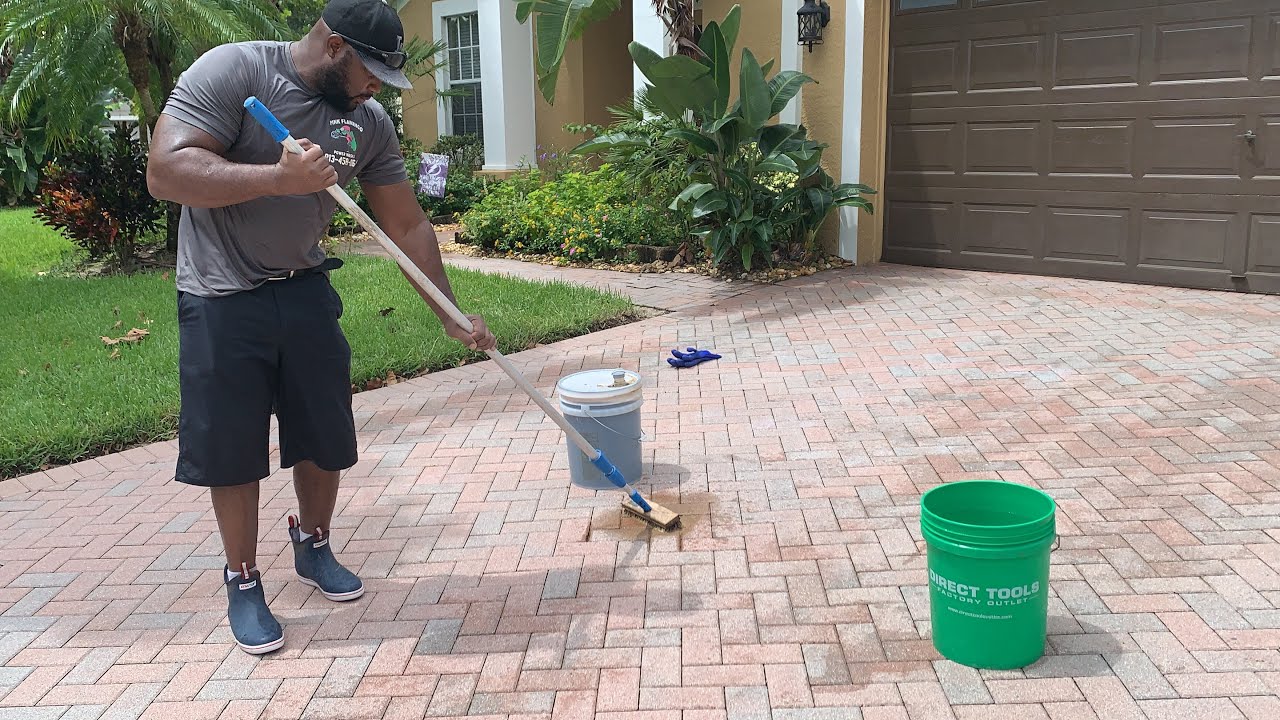
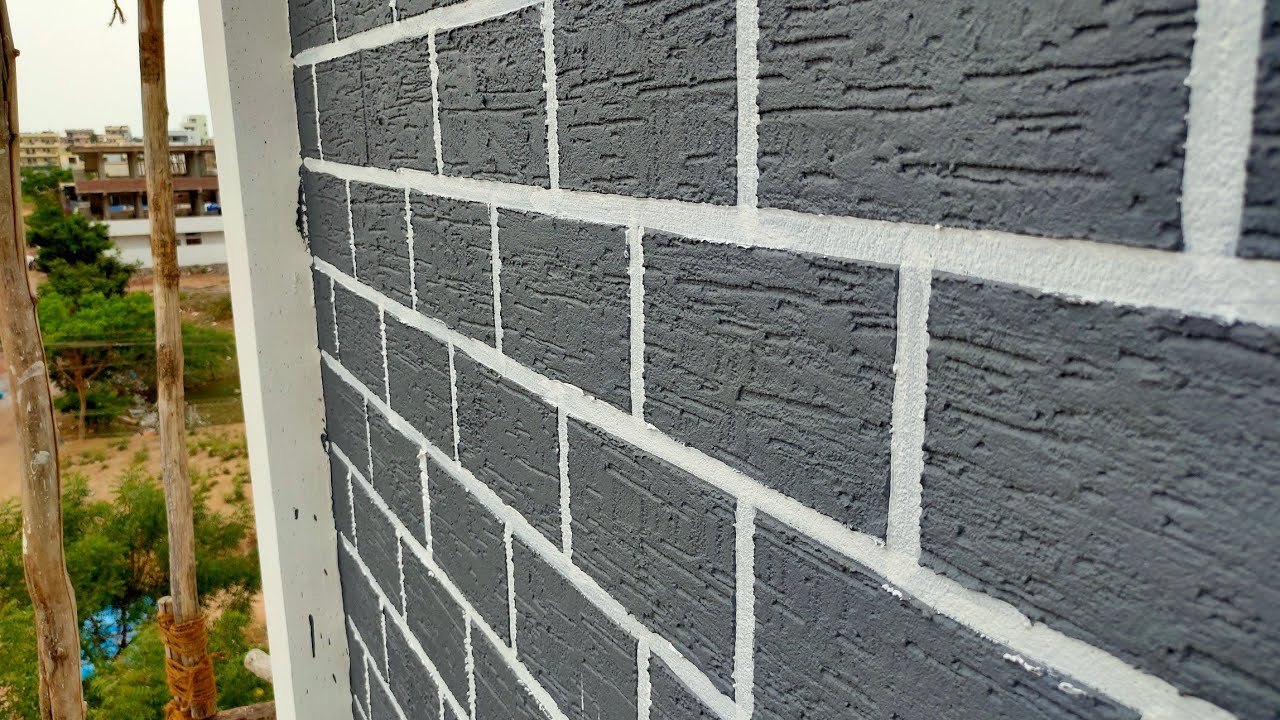
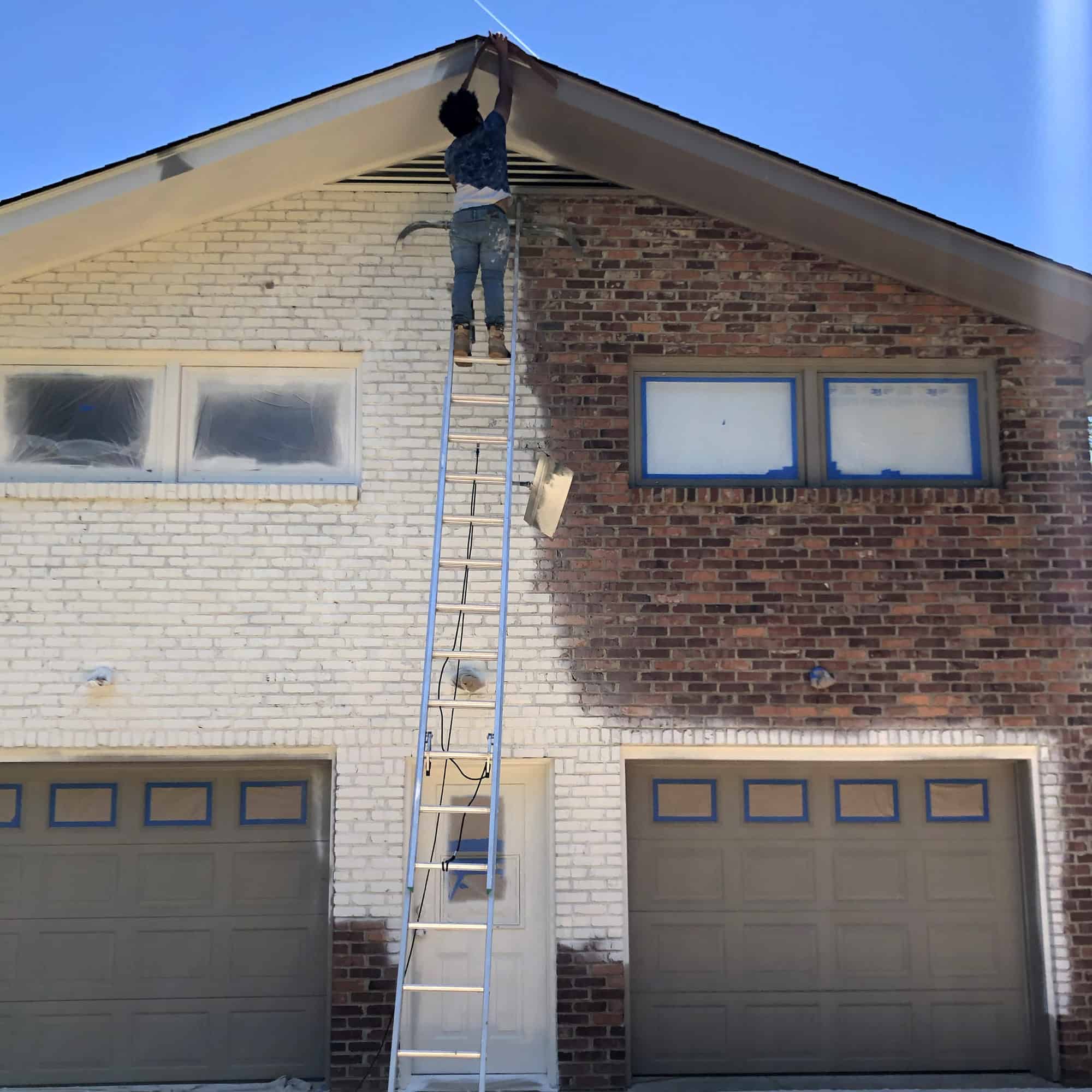
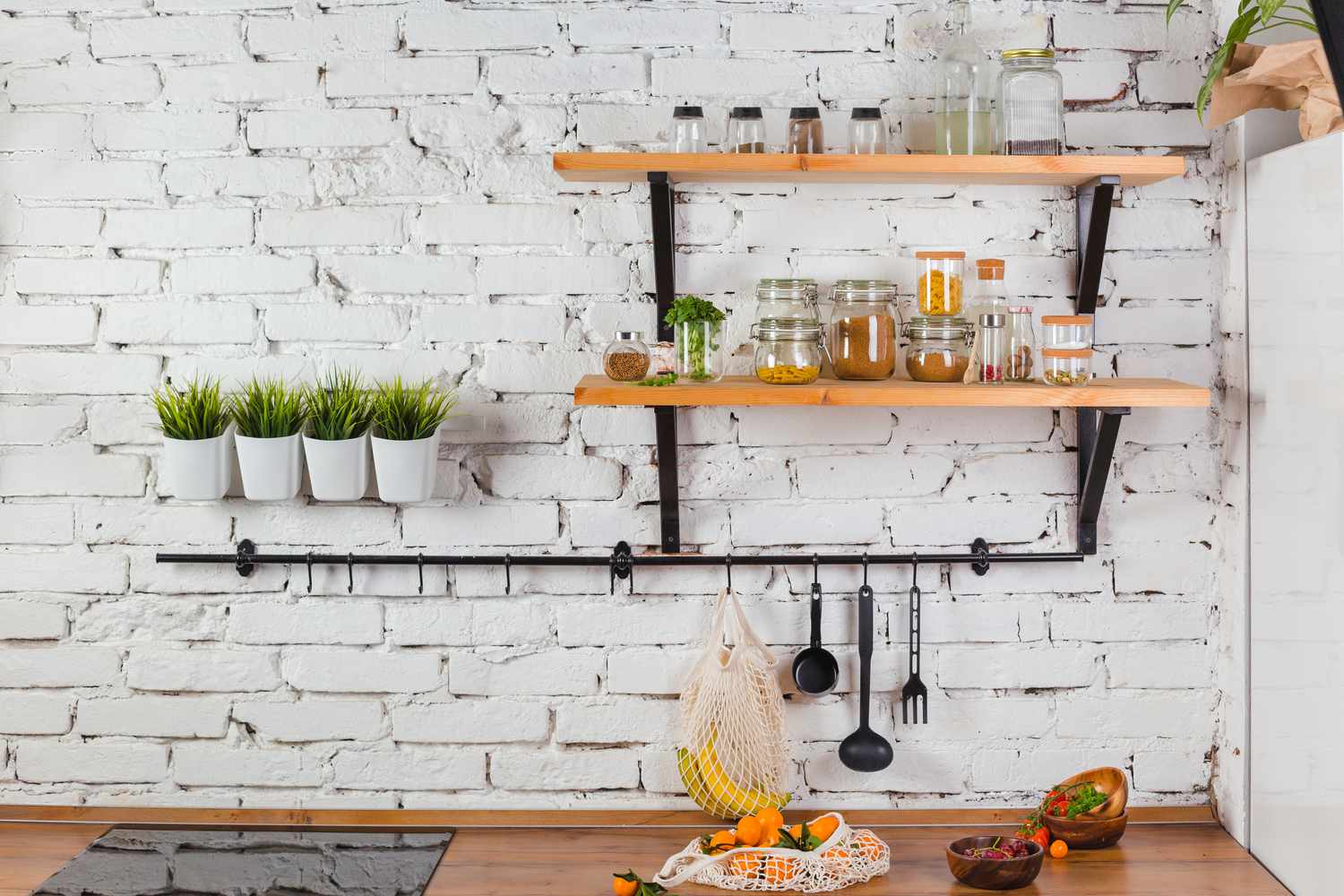
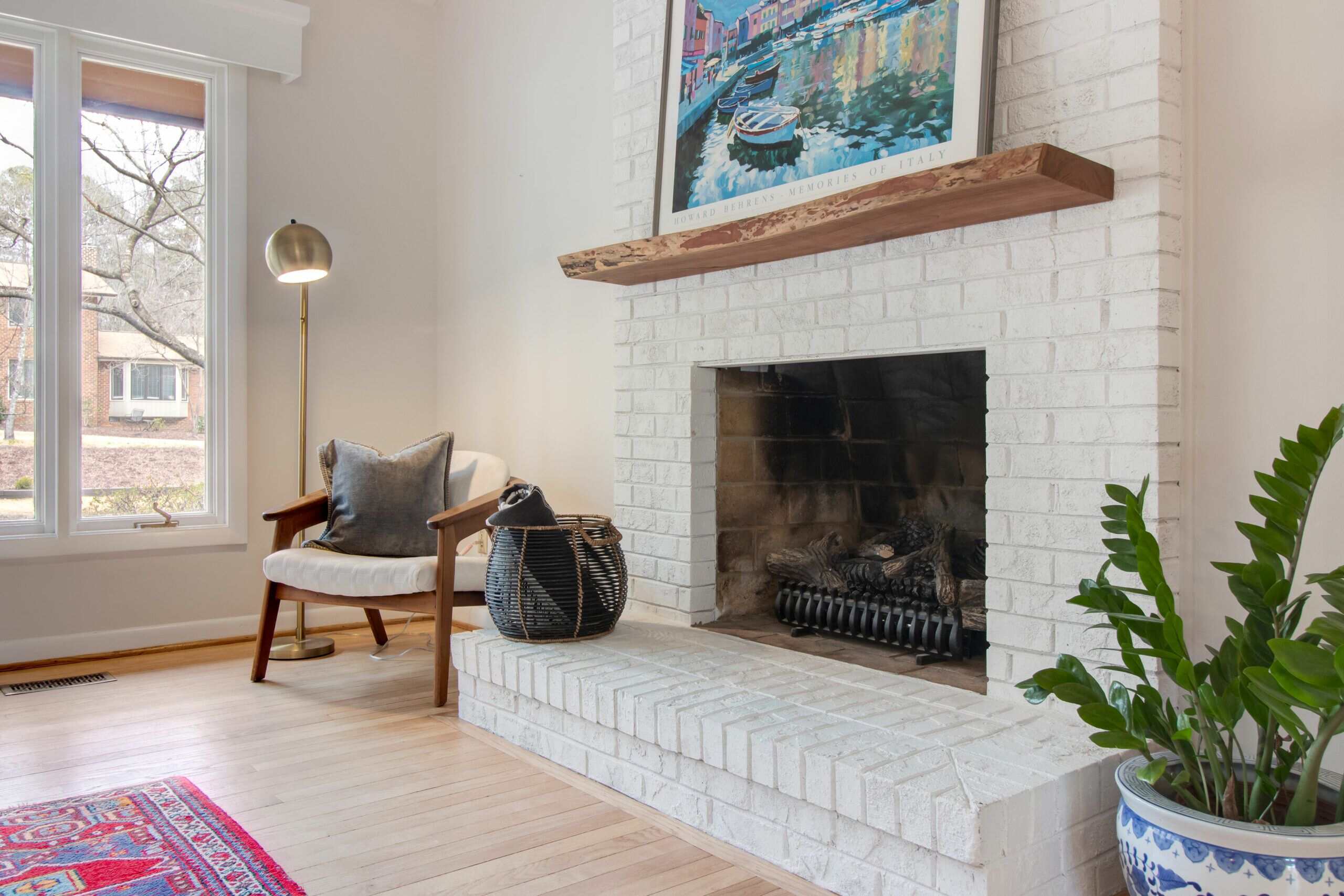
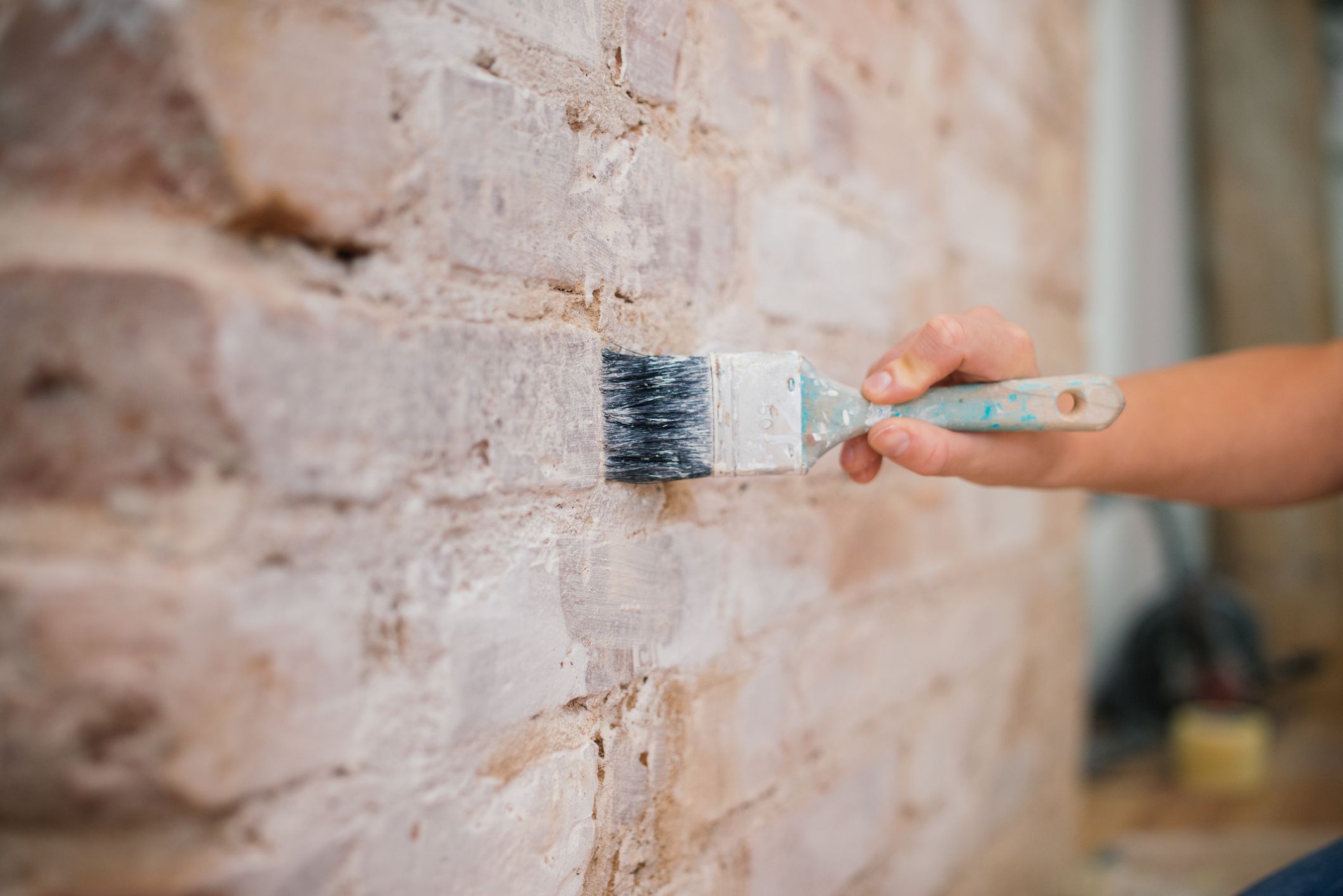
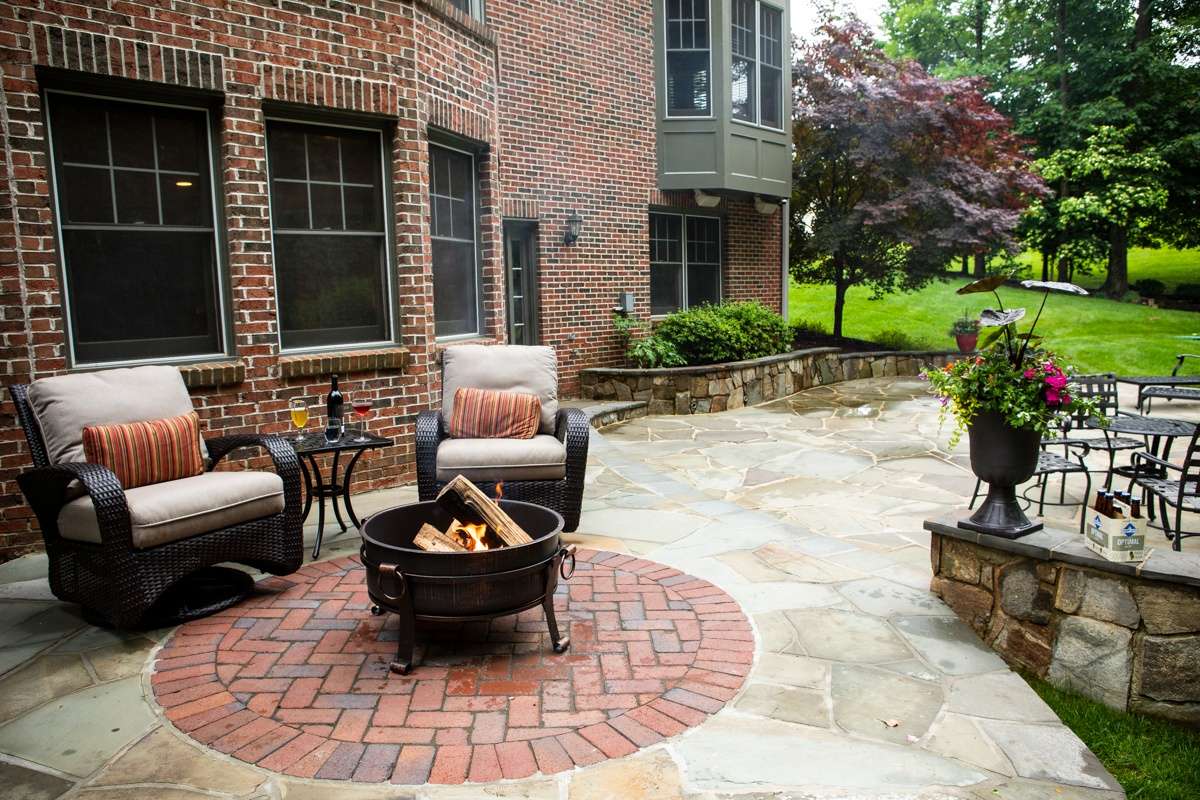
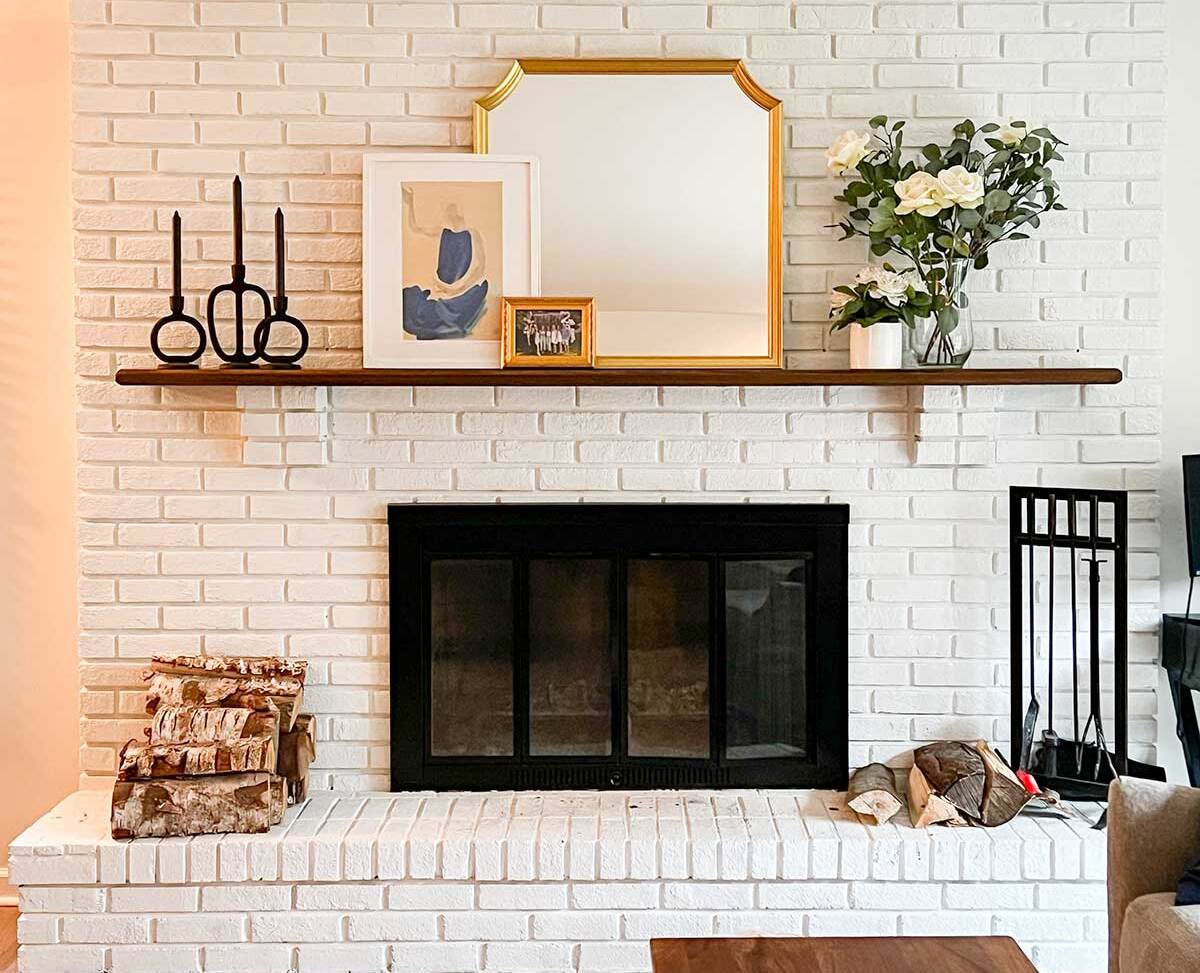
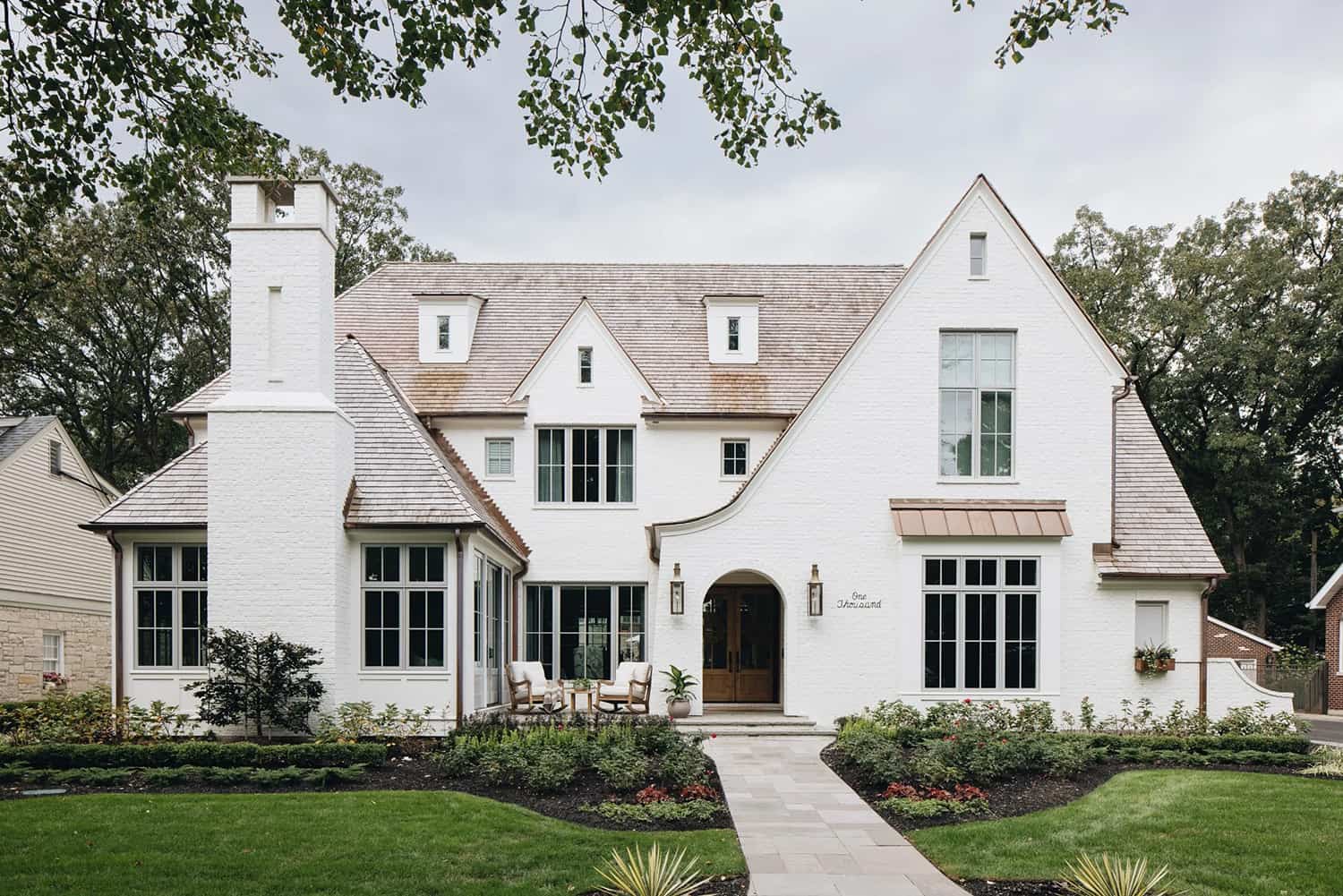

0 thoughts on “How To Paint Brick Pavers”